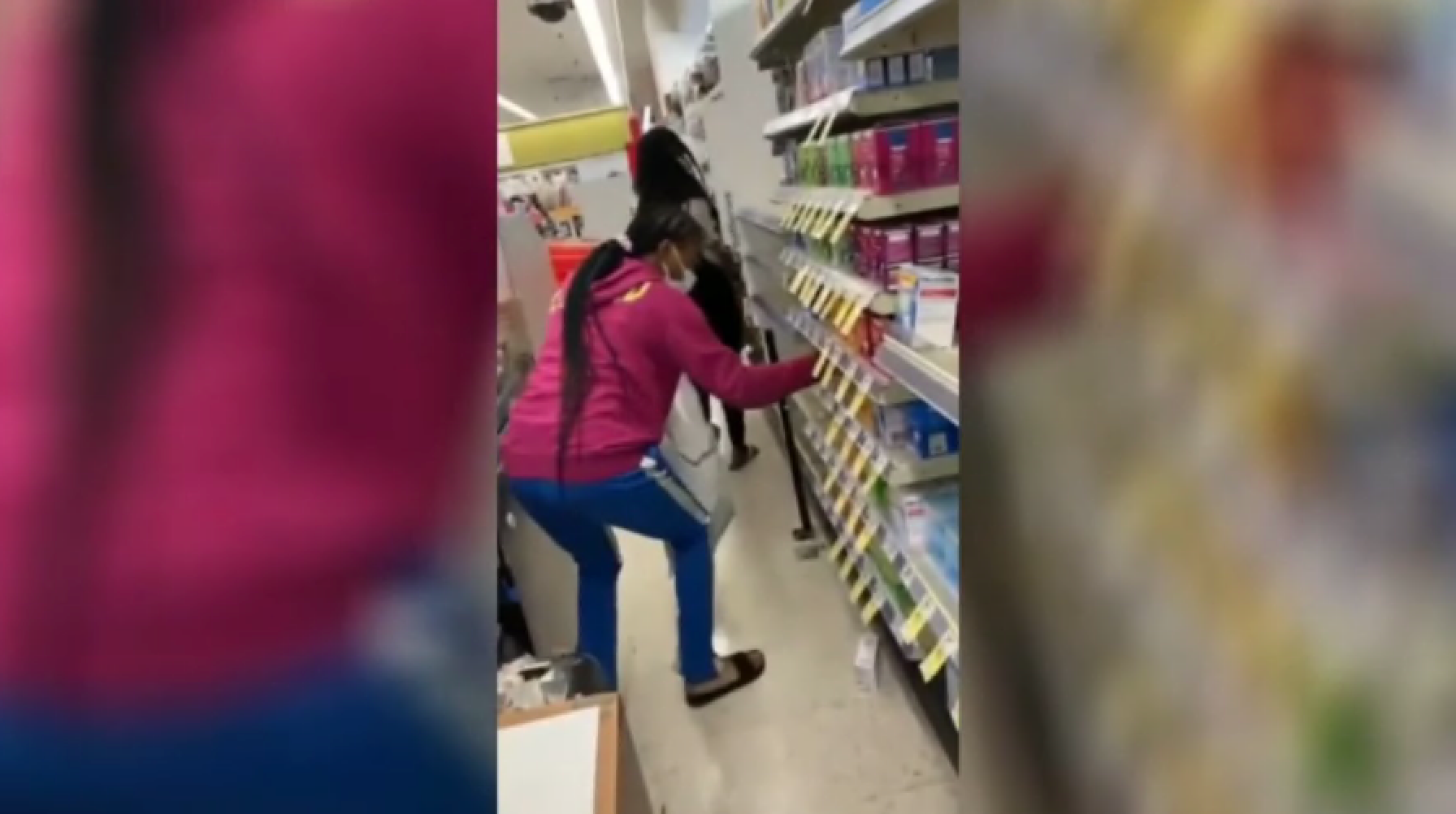Prevalence of Stolen Goods in San Francisco: San Francisco Signs Stolen Goods

San francisco signs stolen goods – San Francisco has witnessed a significant rise in the number of stolen goods, becoming a prevalent issue affecting the city’s economy and community. According to the San Francisco Police Department (SFPD), over 20,000 cases of stolen property were reported in 2022, marking a 15% increase compared to the previous year.
The theft of street signs in San Francisco has become a recurring issue, leaving residents and authorities puzzled. Amidst the stolen signs, several have been traced to a company called Saks Global , which has been accused of purchasing and reselling stolen goods.
The authorities are currently investigating the matter, and it remains to be seen how this case will impact the ongoing problem of sign theft in San Francisco.
The types of stolen goods commonly found in San Francisco vary widely, ranging from bicycles and catalytic converters to high-end electronics and jewelry. Bicycles account for a substantial portion of reported thefts, with over 5,000 cases in 2022 alone. Catalytic converters, a vital component of vehicle exhaust systems, have also become a target for thieves due to their high resale value on the black market.
The recent theft of street signs in San Francisco has left residents scratching their heads. But amidst the chaos, there’s a glimmer of hope. Saks Fifth Avenue has acquired Neiman Marcus , bringing together two retail giants. This merger could provide a much-needed boost to the city’s economy, creating jobs and attracting shoppers from far and wide.
Meanwhile, the search continues for those responsible for the stolen signs, as San Francisco seeks to restore its iconic streetscape.
Impact on the Local Economy
The prevalence of stolen goods has a detrimental impact on the local economy. Businesses suffer losses due to theft, leading to increased insurance premiums and decreased profits. Additionally, stolen goods often end up in the hands of organized crime rings, further fueling criminal activities and undermining the city’s economic stability.
Impact on the Community
Stolen goods also have a significant impact on the community. Victims of theft often experience feelings of violation, loss, and financial hardship. The fear of becoming a target of theft can create a sense of insecurity and distrust within neighborhoods, eroding the overall quality of life for residents.
Methods of Identifying and Recovering Stolen Goods

The prevalence of stolen goods in San Francisco has prompted law enforcement agencies to adopt various techniques for identifying and recovering stolen property. These methods involve collaboration with pawn shops and secondhand stores, as well as leveraging public awareness to report suspicious activities.
Identification Techniques
Law enforcement employs several methods to identify stolen goods, including:
- Serial Number Verification: Stolen items often have unique serial numbers that can be traced back to their original owners.
- Property Databases: Law enforcement maintains databases of stolen property, which can be searched by serial number or other identifying characteristics.
- Fingerprint Analysis: Fingerprints left on stolen items can be used to identify suspects or link them to other crimes.
Role of Pawn Shops and Secondhand Stores
Pawn shops and secondhand stores play a crucial role in the recovery of stolen goods. They are required by law to keep detailed records of all transactions, including the identity of the seller and a description of the items sold. This information can be invaluable to law enforcement in tracing stolen property and apprehending suspects.
Public Awareness
Public awareness is essential in combating the trade in stolen goods. Citizens are encouraged to report suspicious activities, such as individuals selling large quantities of high-value items at unusually low prices or people attempting to pawn stolen property. By reporting these activities, the public can assist law enforcement in identifying and recovering stolen goods.
Legal and Ethical Considerations

The legal framework surrounding stolen goods in California is complex and multifaceted. It encompasses both civil and criminal statutes, as well as administrative regulations. The primary civil statute governing stolen goods is the California Penal Code Section 496, which makes it a crime to receive, conceal, or buy stolen property.
The ethical implications of purchasing or possessing stolen goods are also significant. Buying stolen goods perpetuates a cycle of crime and victimization. It also undermines the integrity of the marketplace and erodes public trust.
Consequences of Trafficking or Selling Stolen Goods, San francisco signs stolen goods
Trafficking or selling stolen goods is a serious crime that can result in severe consequences. In California, trafficking stolen goods is a felony punishable by up to five years in prison. Selling stolen goods is also a felony, punishable by up to three years in prison.
In addition to criminal penalties, individuals who traffic or sell stolen goods may also be subject to civil liability. Victims of theft can sue to recover their stolen property or to seek compensation for their losses.